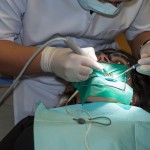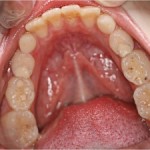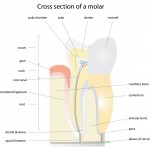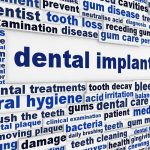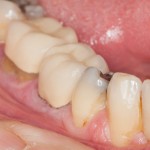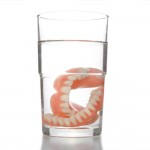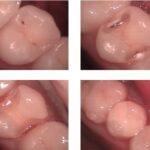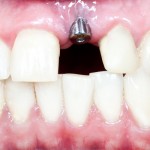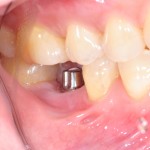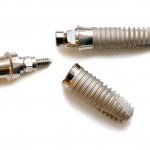
This review comparing implant and prosthetic survival with narrrow and regular dental implant diameters included 7 studies.The findings suggest no differences between the two types of implant but 5 of the 7 studies are retrospective and only 4 have a follow-up period of 5 years of more.
[read the full story...]